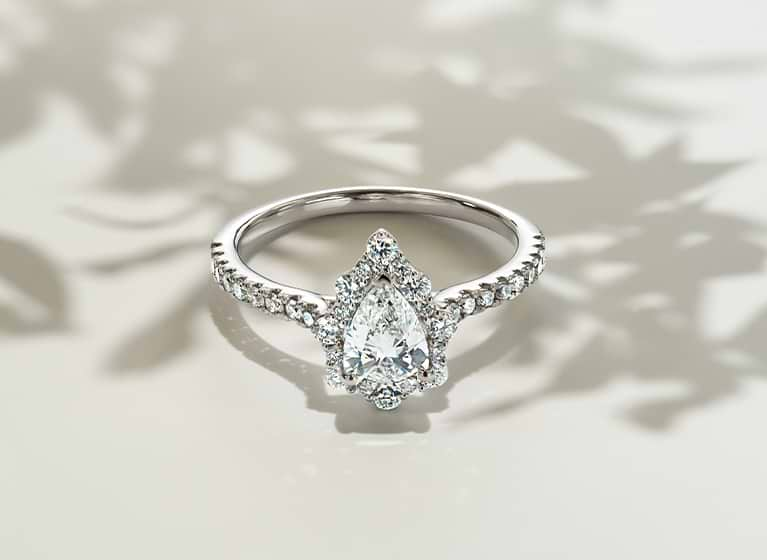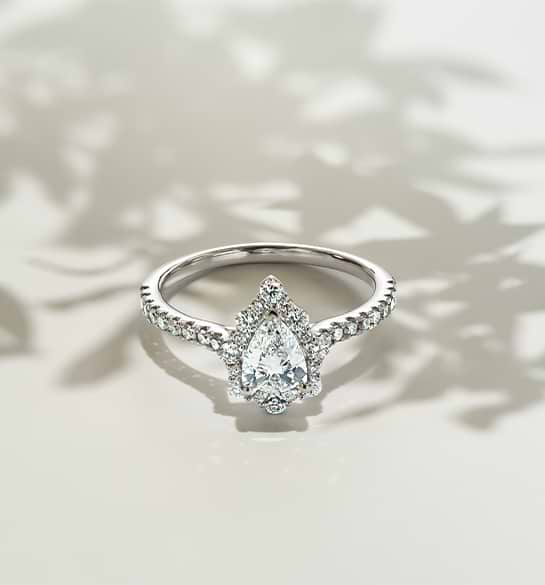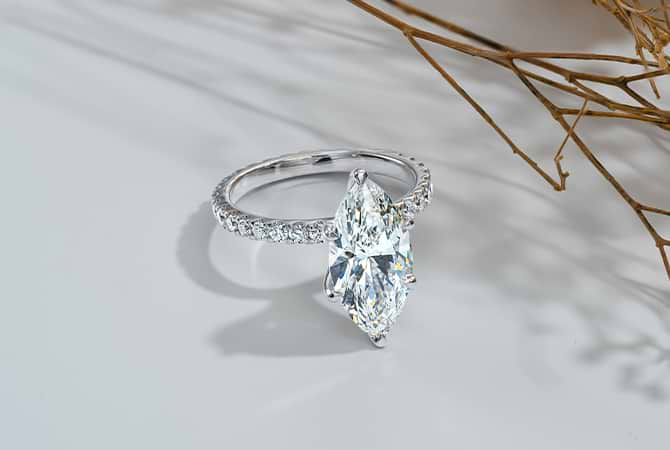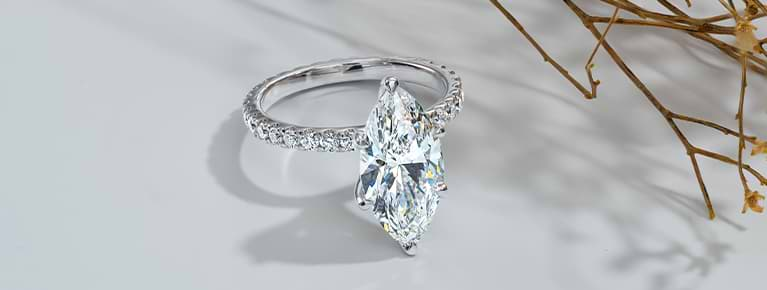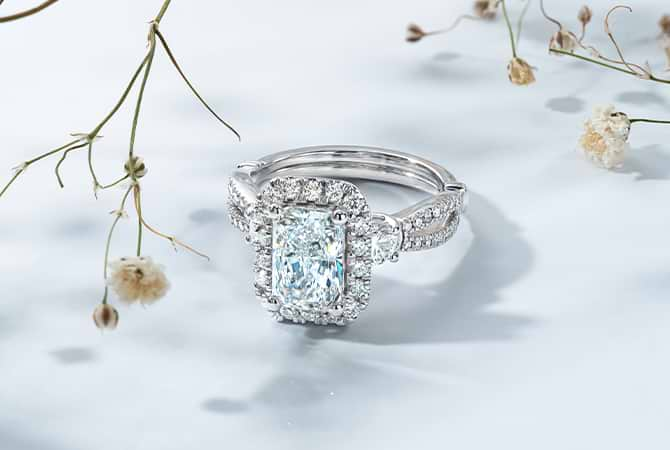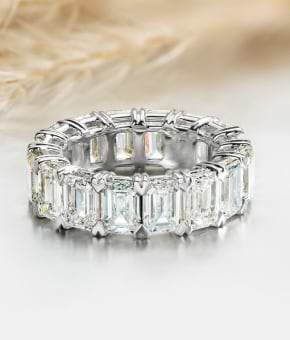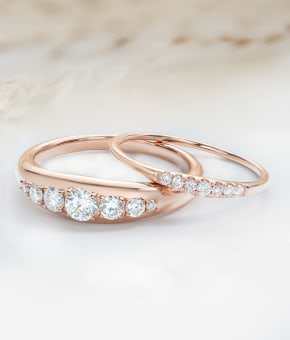

What is a Mined or Natural Diamond?
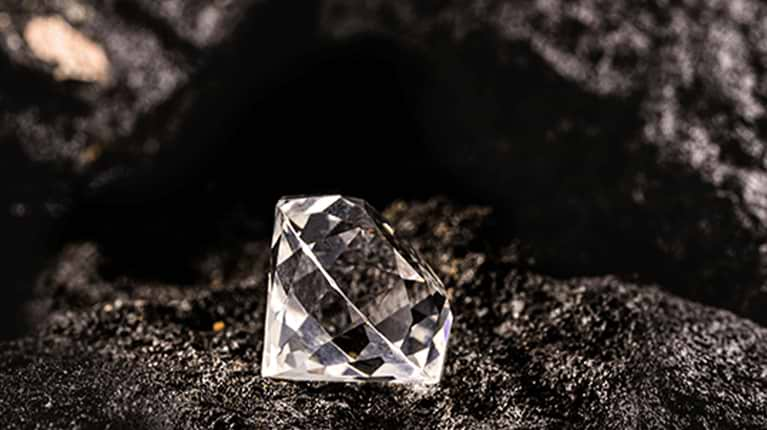
Diamonds are one of the most sought-after and coveted gems in the world. Natural diamonds are formed deep within the earth over billions of years and brought to the surface by excavating the earth using heavy machinery and explosives. The excavation of mined diamonds have been known to cause harm to the environment and local communities. In recent years, there has been increasing concern about the ethical and environmental impact of buying earth-mined diamonds and many consumers are seeking alternative options like lab grown diamonds.
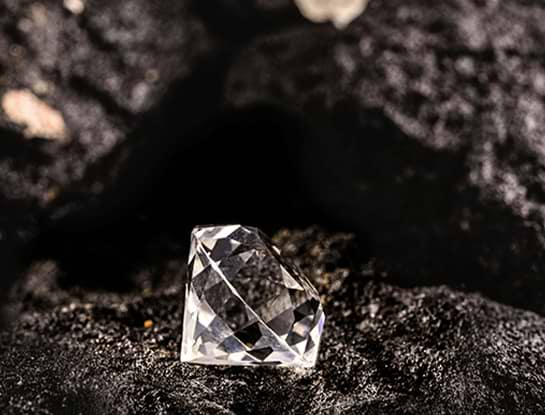
Impacts:
Moral
Funding wars, conflict diamonds and smuggling are just a few issues surrounding mined diamonds.
Environmental
The clearing of forests, obliteration of entire communities and the environmental pollution resulting from mining practices inflict irreversible damage on the planet.
Compromise
Many individuals opting for natural diamonds often settle for lower quality, influenced by budget constraints and the scarcity of high-grade mined diamonds, in contrast to those selecting lab grown alternatives.
Moral Impact
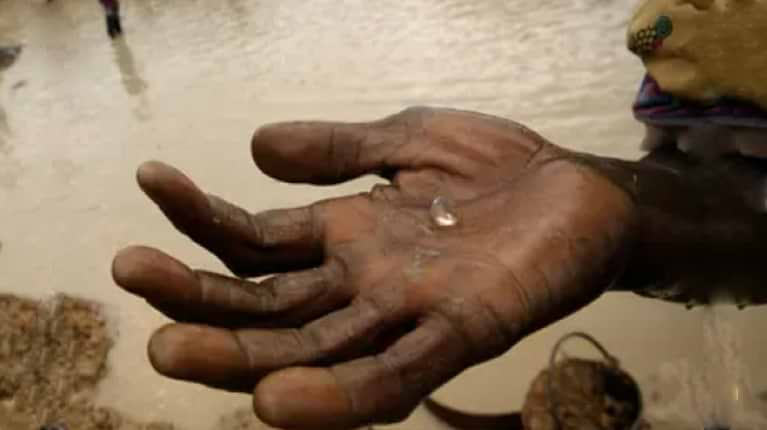
One of the main ethical concerns surrounding natural diamonds is their potential connection to global conflicts. Mined diamonds have been used to fund conflicts and wars, particularly in Africa, for many years. This practice has led to widespread human rights abuses and violence.
In response to these concerns, the Kimberley Process was established in 2003 to certify that diamonds are conflict-free and to prevent the trade of blood diamonds. While the Kimberley Process has helped reduce the incidence of conflict diamonds, there are still concerns about its effectiveness and the possibility of diamonds being smuggled and sold illegally.
Recently, one of the largest producers of smaller natural diamonds in the world, Russia, has been using funds from mined diamonds to finance its war efforts against Ukraine. Read more about conflict diamonds by clicking below.


Environmental Impact
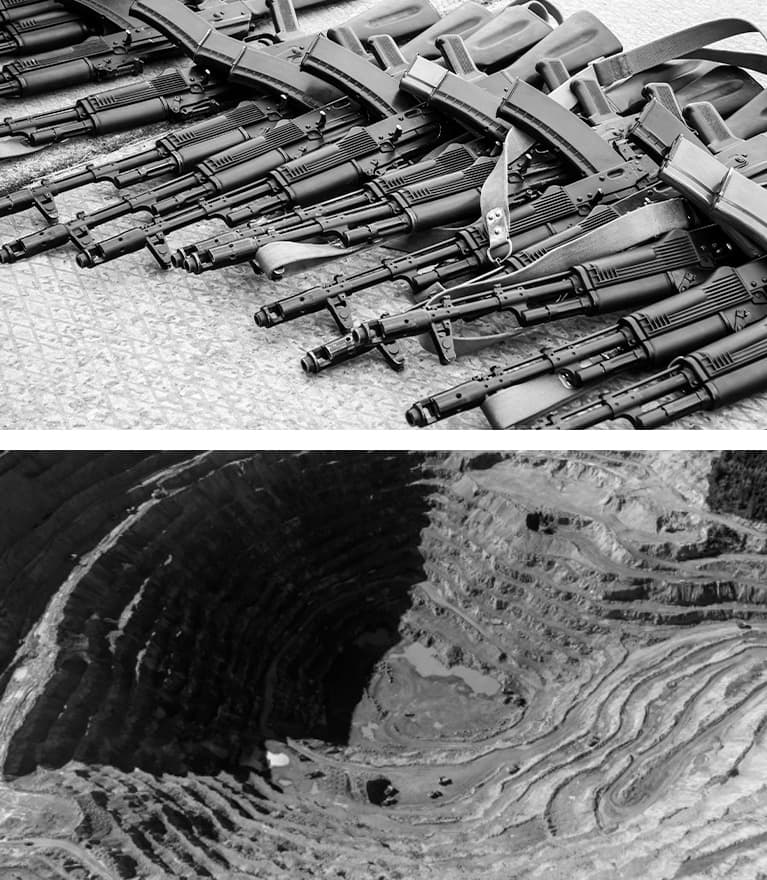
In addition to ethical concerns, mined diamonds have a substantial environmental impact. Mining diamonds requires the excavation of large amounts of earth, which leads to deforestation and habitat destruction. On average, miners must move 250 tons of earth to find a single carat of diamond!
Mining for natural diamonds pollutes and depletes nearby water sources, displacing local communities. To put things in perspective, 126 gallons of water are needed to mine just one carat of diamond. Lab created diamonds use around 85% less water, at only 18 gallons per carat.
Excavating diamonds also releases carbon and other greenhouse gasses into the atmosphere. Maintaining these expansive mining facilities also requires substantial energy. On average, 160 kg of greenhouse gases are released per polished carat of natural diamond.
Despite the environmental impact, mined diamonds remain in high demand, cherished for their perceived value and symbol of prestige. They're deeply intertwined with expressions of love and commitment, making them a go-to for engagement rings and special tokens of affection, maintaining their sparkle in our traditions and hearts.
Although traditionally mined diamonds remain a favored option for jewelry, lab grown and recycled diamonds offer alternatives that deliver equivalent beauty and worth minus the adverse effects. As awareness grows regarding the impact of diamond purchases, it's critical for consumers to reflect on the consequences of choosing natural diamonds and to explore more ethical alternatives.
Compromise

Lab created diamonds, often referred to as man-made diamonds, are cultivated in controlled laboratory environments. Sharing identical optical, physical and chemical properties with their natural counterparts, these diamonds usually come at a more affordable price, thanks to a quicker production method. Various factors might lead consumers to shift their preference from traditionally sourced diamonds to lab created options.
Lab created diamonds are an ethically sourced alternative to natural diamonds. Because they are produced in a controlled and transparent environment, they can have less of an impact on the environment or communities.
In addition to their creation methods, lab created diamonds are more affordable than natural diamonds. Because they are grown in a laboratory, they do not incur the costs associated with traditional diamond mining, such as extraction and transportation. This allows lab created diamonds to be sold at a lower price point, making them more accessible to a broader range of consumers. Grown Brilliance lab created diamonds are 50-60% less expensive than their mined diamond counterparts.
Another benefit of lab created diamonds is that they can be customized to the consumer's preferences. Natural diamonds are often graded based on the Four Cs (cut, color, clarity and carat weight), but lab created diamonds can be grown to meet specific criteria, such as a particular color or clarity. This level of customization is not possible with natural diamonds. All Grown Brilliance diamonds offered on this site range from SI – VVS2 clarity and H-F color in grade. This type of diamond quality is hard to find in mall jewelers across the U.S.
Also, all Grown Brilliance diamonds over 2ctw are certified by an independent laboratory like IGI (International Gemological Institute) and come with a grading report, so you can rest assured you are getting the quality you paid for.

What’s the Alternative to Mined and Natural Diamonds?
An alternative to mined diamonds is lab grown diamonds, produced through sophisticated technology that mimics natural diamond-forming conditions. These diamonds match mined diamonds in chemical composition and physical and optical properties and are gaining popularity as an ethically sourced choice.
Lab grown diamonds are typically less expensive than mined diamonds and are not associated with the environmental impacts of mining. You can also buy lab grown diamonds in a wide range of sizes and colors, which can be challenging to find in mined diamonds.
So why settle on Ethics & Quality?
Lab-created diamonds, also known as man-made diamonds, are diamonds that are grown in a laboratory rather than mined from the earth. They are chemically, physically, and optically identical to natural diamonds, but they are typically sold at a lower price point due to their laboratory origin. There are several reasons why consumers may choose to compromise on the traditional sourcing of diamonds and opt for lab-created diamonds instead.


First and foremost, lab-created diamonds are an ethical and sustainable alternative to natural diamonds. The diamond mining industry has been plagued by controversies surrounding human rights abuses, environmental degradation, and funding of conflict. Lab-created diamonds, on the other hand, are produced in a controlled and transparent environment, with no negative impact on the environment or communities.
In addition to their ethical appeal, lab-created diamonds are also more affordable than natural diamonds. Because they are grown in a laboratory, they do not incur the costs associated with traditional diamond mining, such as extraction and transportation. This allows lab-created diamonds to be sold at a lower price point, making them more accessible to a wider range of consumers. Grown Brilliance lab-created diamonds are approximately 50-60% less expensive than its mined diamond counterpart.
Another advantage of lab-created diamonds is that they can be customized to the consumer's specific preferences. Natural diamonds are often graded based on the Four Cs (cut, color, clarity, and carat weight), but lab-created diamonds can be grown to meet specific criteria, such as a specific color or clarity. This level of customization is not possible with natural diamonds. Hence all Grown Brilliance diamonds offered on this site range from SI – VVS2 clarity and H-F color in grade. This type of diamond quality is hard to find in mall jewelers across the U.S. Lab-created diamonds offer a range of benefits over natural diamonds, including their ethical and sustainable sourcing, affordability, customization options, and lack of negative impact on the environment and communities. While they hold the same chemical and optical properties of a mined diamond, you can now purchase a lab-grown diamond with a higher color, clarity, carat size and cut grade than what you would have purchased in a natural diamond with the same budget. Also, all Grown Brilliance diamonds over 2ctw are certified by independent laboratory like IGI (International Gemological Institute), so you can be rest assured you are getting the precise quality that you paid for.
Natural diamonds form deep within the Earth's mantle under extreme conditions of high temperature and pressure. Over billions of years, carbon atoms bond in a crystal structure, gradually growing into diamonds. Volcanic eruptions bring these precious gems closer to the Earth's surface.
Natural diamonds are excavated through mining, which involves two main methods: open-pit mining and underground mining. Open-pit mining creates large holes in the Earth's surface to access diamonds near the surface, while underground mining involves tunnels to reach deeper deposits. Once extracted, the diamonds are sorted and processed.
An alternative to mined diamonds is lab grown diamonds, which are created in controlled laboratory environments. These diamonds are made using High-Pressure, High-Temperature (HPHT) methods or Chemical Vapor Deposition (CVD), replicating the natural growth process.
The main difference between mined diamonds and lab grown diamonds is their origin. Mined diamonds have naturally formed over billions of years beneath the Earth's surface and are extracted through mining. Lab grown diamonds are created in a laboratory over a few weeks using technology replicating the natural diamond-forming process.
